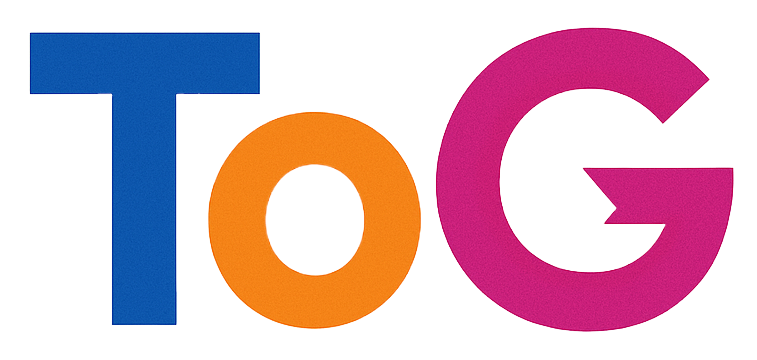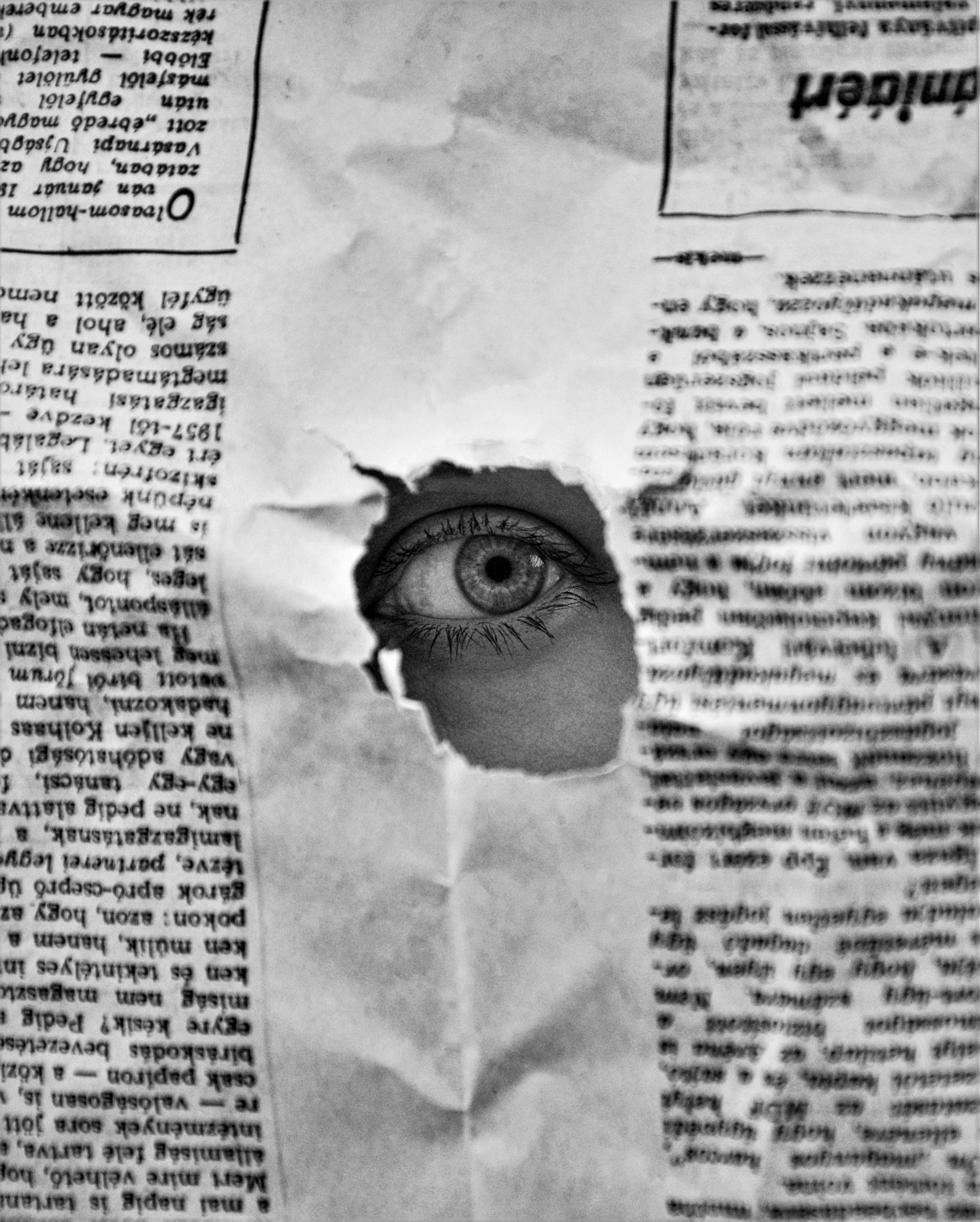Revolutionizing Newspaper Digitization: My Experience with AI Technology
As someone who has dedicated over a decade to the digitization of newspapers—primarily focusing on the software that aids archivists—I am continually amazed by the advances in technology that enhance our capabilities. Recently, I encountered a breakthrough that has left me in awe: Gemini 2.5 Pro. The potential of this tool is monumental, and I feel compelled to discuss how it could transform our approach to digitizing historical newspapers.
To illustrate the remarkable capabilities of this technology, I decided to test it using a random page from a newspaper published over a century ago: the April 1, 1920 edition of the Roseburg News-Review. The current Optical Character Recognition (OCR) solutions we utilize for this particular page leave much to be desired. The output is riddled with errors and lacks the necessary structure to make the content easily readable, rendering it nearly useless for research and accessibility purposes.
Curious to see if the AI-driven capabilities of Gemini could do better, I uploaded the page and provided a straightforward prompt:
“Generate an accessible HTML version of this newspaper, using structured semantic elements such as headings. The newspaper title should be the only H1. Preserve formatting as much as possible, and identify ads and images clearly.”
The results were impressive. The AI generated an HTML transcription that, while not perfect, marked a significant improvement over the existing OCR. The formatting was coherent, and the newspaper’s layout was better preserved. Yes, there were instances of inconsistencies and possible inaccuracies—common issues with large language models (LLMs)—but the advancements in readability and structure were noteworthy.
This experience leads me to believe that we are on the cusp of a new era in historical digitization. With tools like Gemini, we are moving towards a future where outdated OCR processes can be discarded, provided we address current limitations, including LLM reliability and contextual clarity.
In my opinion, the integration of digital humanities with LLM technology holds greater importance than merely developing chatbots that can mimic our favorite characters! This sector has the potential to revolutionize how we access and engage with historical texts, making them more accessible than ever before.
I am enthusiastic about sharing this development, as it marks a pivotal moment in my journey within the field

